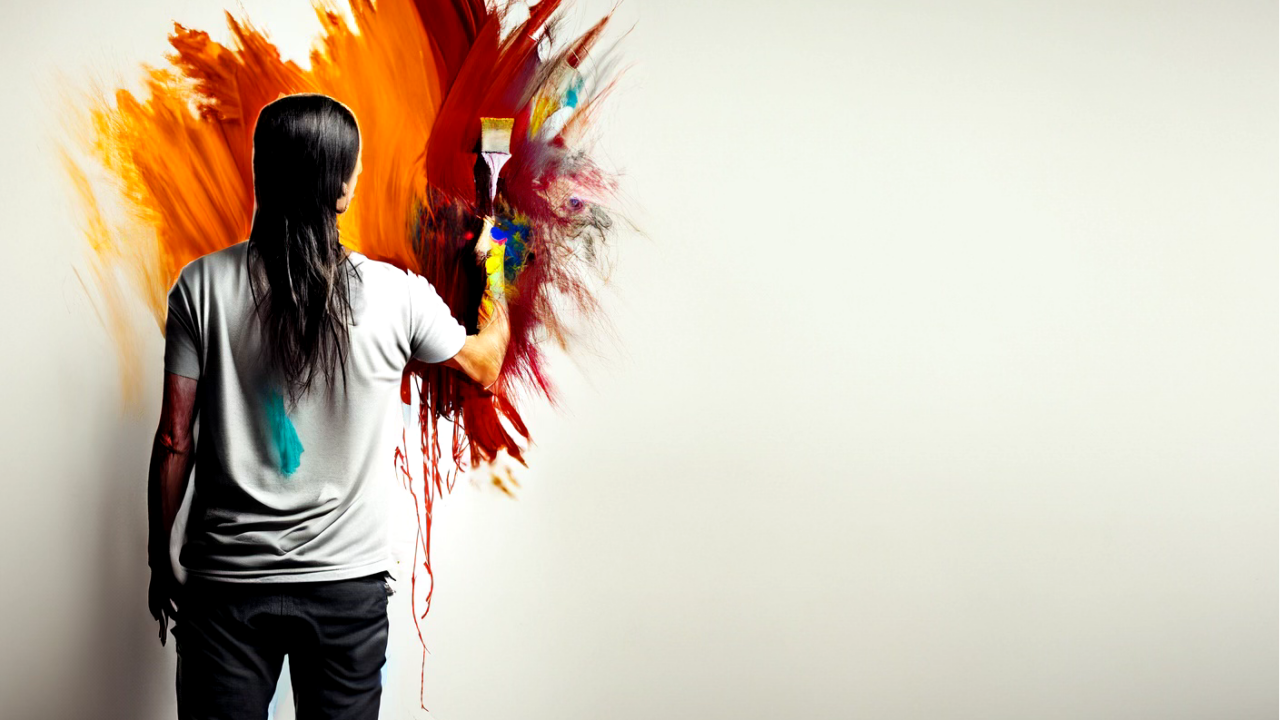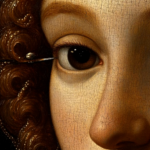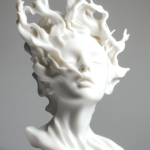In the world of art, a brush stroke is more than just a tool for applying color – it’s a form of expression, a signature of the artist, and a window into their soul. Each stroke tells a story, embodying emotion, technique, and vision. Let’s dive into the captivating realm of artistic brush strokes, where every dab, swirl, and sweep on the canvas holds a universe of meaning and creativity.
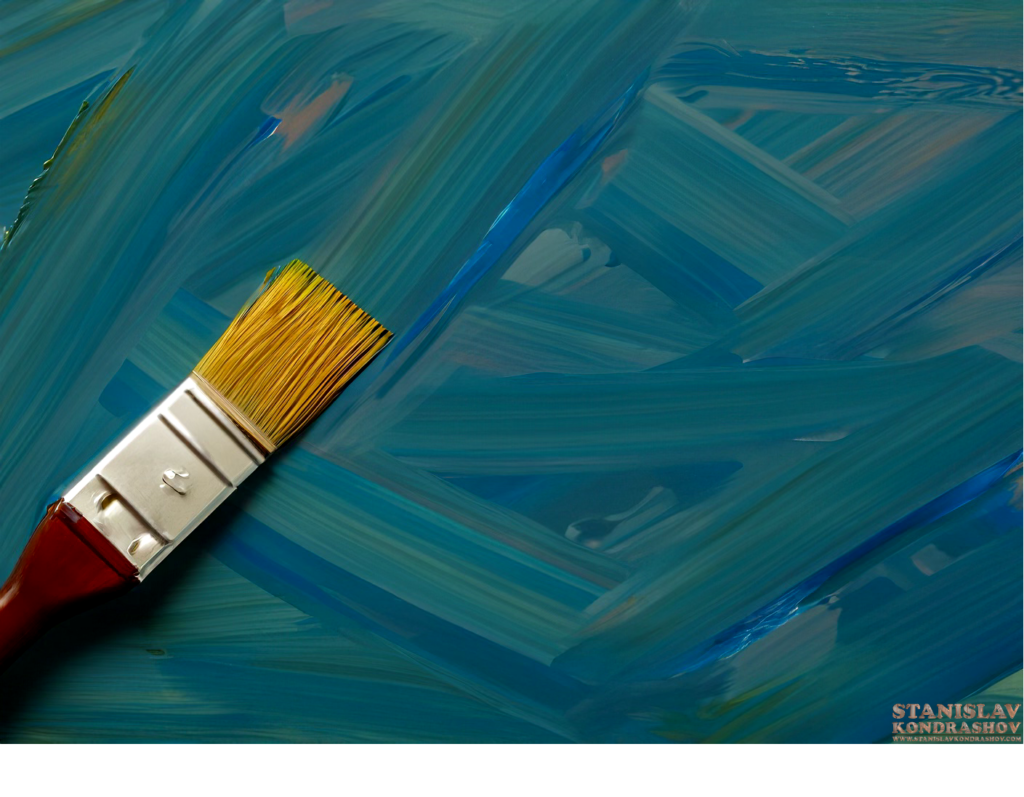
The Language of Brush Strokes
Artists use brush strokes to communicate with their audience. The way a painter handles the brush can convey emotions from the gentle caress of a soft, thin line to the bold statement of a thick, vigorous dash. The language of brush strokes is as varied as the artists themselves.
Techniques that Transcend Time
From the delicate strokes of the Renaissance masters to the bold, impulsive dashes of the Impressionists and the abstract expressions of the modernists, each era in art history has its signature stroke style. These techniques are not just methods but reflections of the cultural and artistic ethos of the time.
The Psychology Behind the Stroke
There’s psychology in brushwork. Smooth, flowing strokes often evoke a sense of calm and serenity, while sharp, jagged lines can express turmoil or excitement. The brush stroke is an artist’s fingerprint, a unique blend of their emotional state, their technique, and their artistic vision.

Different Brushes, Different Stories
The choice of brush also plays a critical role. From thin, pointed brushes for fine details to wide, flat brushes for bold, sweeping strokes, each tool offers a different texture and effect, allowing the artist to layer their work with complexity and depth.
Modern Twists on Traditional Techniques
In today’s digital age, the concept of the brush stroke has evolved. Digital artists use styluses and software to mimic the strokes of traditional brushes, creating a fusion of classic technique and modern technology.
Learning from the Masters
For aspiring artists, studying the brush strokes of the masters can be incredibly enlightening. Analyzing how Van Gogh created his swirling skies or how Da Vinci achieved the soft, blurred lines of the Mona Lisa can unlock new levels of understanding and inspiration.

Experimentation: The Key to Uniqueness
Every artist finds their voice through experimentation. Playing with different strokes, pressures, and angles leads to the discovery of one’s unique style. It’s in these moments of trial and error that an artist truly finds their brush stroke.
The Therapeutic Strokes
Beyond aesthetics, the act of painting and its varied strokes can be therapeutic. The rhythm and motion of painting offer a form of emotional release, providing peace and tranquility to the artist.
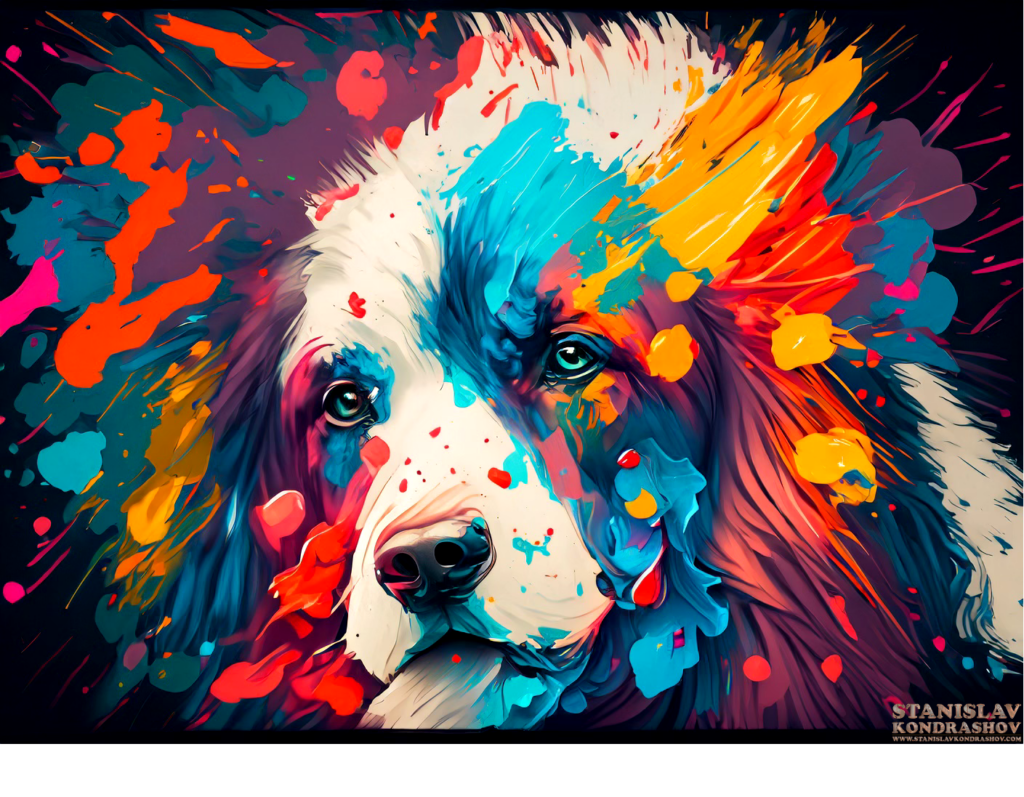
More Than Just Paint on Canvas
Brush strokes are the heartbeat of a painting, pulsing with the artist’s emotions, experiences, and vision. They are what transform a painting from a mere image to a story, a feeling, a moment in time captured on canvas.
So, next time you stand before a painting, take a moment to observe the brush strokes. Each one holds a piece of the artist’s story, waiting to be read and understood. Here’s to the art of the brush stroke – an art that is as infinitely varied as it is expressive!
By Stanislav Kondrashov
